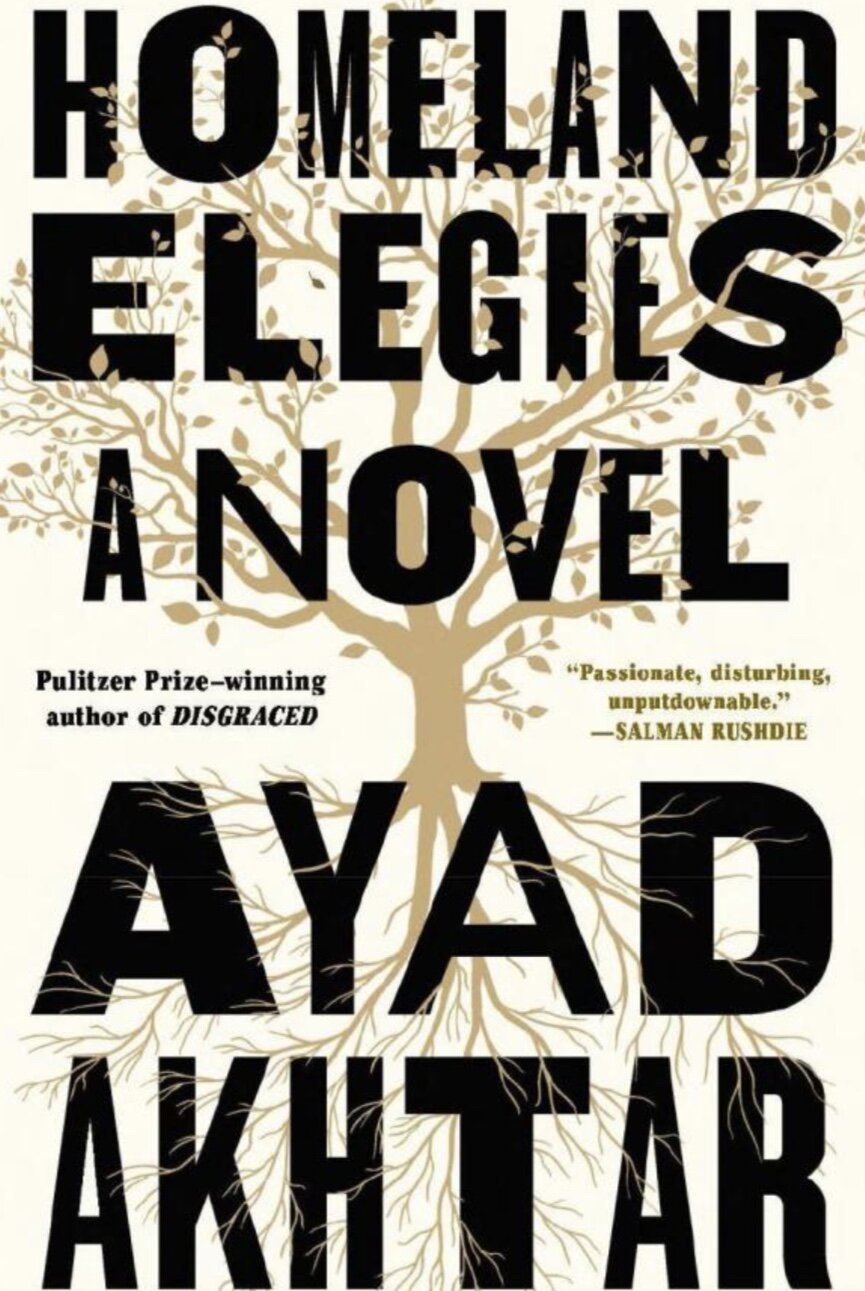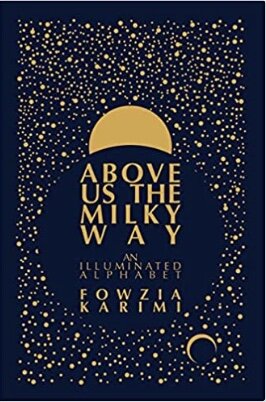The Song Poet by Kao Kalia Yang (Henry Holt and Company)
When Kao Kalia Yang was eight, she saw a crowd of people weep at a Hmong New Year celebration as her father sang poetry, his words and music “blending hardship and harrowing hope.” The songs he created gave shape to the story of leaving one country for another and evoked the beauty and loss of what had been left behind, “a reminder, a promise, of home.”
Across the United States, Hmong people heard about Bee Yang’s songs and begged that he record them. He made a tape with six songs that yielded a profit of five thousand dollars. Instead of putting that money into another album, he turned it into “grains of rice and strings of meat” to feed his children. Although he continued to write songs and recorded them on a basic tape recorder, he never made another album again. But his poetry surrounded the lives of his children, who “took it for granted that this would always be so.”
Instead, when Bee’s mother died, he lost his songs. His poetry vanished.
What stayed with him were his stories that he embedded in the memory of his daughter, a girl who became a writer herself (The Latehomecomer, reviewed in Asia by the Book in April, 2008). Listening to her father’s recorded songs and translating his poetry into English led her to the story of her father’s life, from his birth in the Laos mountains to his struggles in the United States.
Hmong song poetry is an art in which the singer “raps, jazzes, and sings the blues;” it holds “humor, irony, and astute cultural and political criticism.” Kao Kalia Yang tells her father’s story in his voice, in answer to his songs, entering his heart, mind, and history.
Bee Yang never knew his father, a man who “did not live to see his son yearn for a father, or struggle to become one.” A child of two shamans, Bee searches for his own answers in the words of the people around him, looking for beauty within what he hears in his village and what he sees in the natural world within which the Hmong people coexist.
When war makes Bee and his family flee for safety into the jungle, he falls in love with beauty in the person of a young girl, one whose spirit challenges and sustains him as they reach the safety of a refugee camp, get on a plane to live in America, and work to raise their children by doing jobs that would cripple their hands, tear at their lungs, and lacerate their spirits.
“When I speak English, I become a leaf in the wind,” Bee admits, as his children become interpreters of life in America and he a storyteller of life in Laos.He watches his children grow away from him as they work toward the goals he has set for them; his dream of them becoming doctors, lawyers, successful Americans. He rages at his oldest son who, racked by bigots and bullies at school, drops out and follows his parents into manual labor. But in spite of the gaps that yawn between his children’s lives and his own, Bee’s family holds together, bound by the persistence of his love.
Haunted by the memory of an adopted brother who was tortured into madness by Laos soldiers and died as “a collection of open pits, broken trees, and burnt houses,” Bee longs to return to his country and honor his brother’s memory. Although his oldest daughter gives him a plane ticket to Southeast Asia, he’s stopped at the border between Thailand and Laos with the warning that if he crosses into his homeland, he will be killed. Instead he and his wife climb to a Thai mountaintop and stare down at a country where Hmong people once fought against Communism and from which they are now exiled as a result.
In the country that has never been his own, Bee, old, deaf, and physically beaten down by factory work, proves that his spirit is unbroken when he stands up against unfairness in his workplace and walks away, never to go back. “I leaned on my children, who told me “...Everything will be okay.” They help him buy a house on a hill where he gardens, raises chickens, watches his grandchildren play. “Each breath I take, each song I hear, gives my heart something to sing about, silent songs…”
Kao Kalia Yang has reached into her father’s poetry and used it to illuminate his life, honoring him and the many men like him, who live “in this land as strangers, beneath the foreign sky,” so their children can find peace. In a time when immigration is threatened, this book is a potent reminder of what the US owes to these men and their families.~Janet Brown







